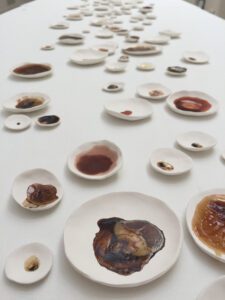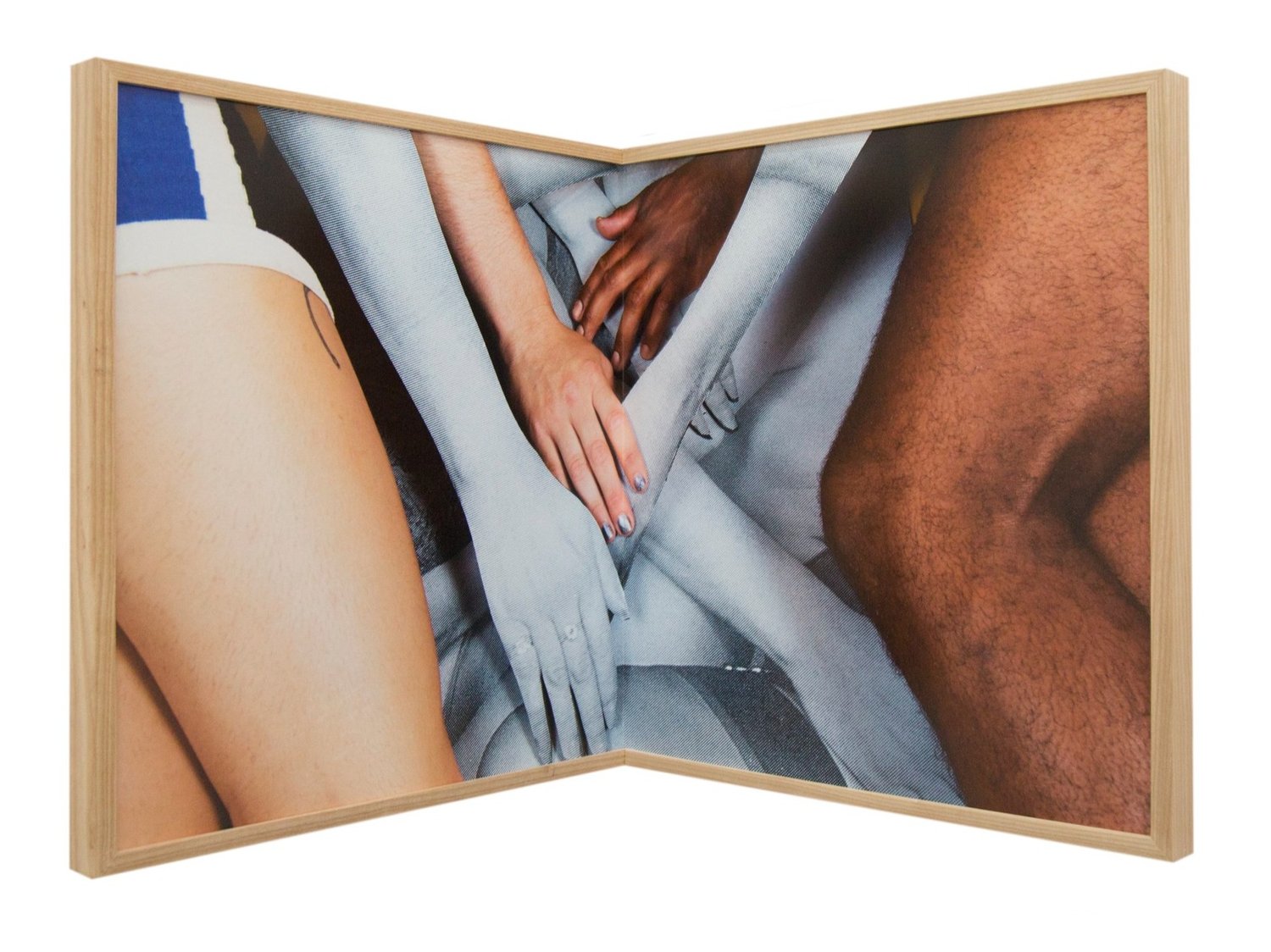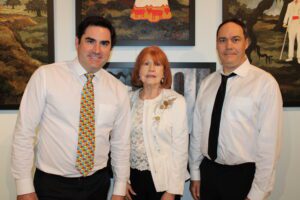What to expect at LSU MOA’s ‘State of the Art’ exhibition opening tonight

Art has long served as a medium for preserving and learning about history, and the newest exhibition at the LSU Museum of Art is keen to upkeep that tradition. In “State of the Art: Record,” originally organized by the Crystal Bridges Museum of American Art in Bentonville, Arkansas, 20 contemporary American artists showcase their work around the theme of posterity, with each photograph, painting or multimedia piece reflecting the ways art tells a stories about the present era. To celebrate the opening today, March 10, the museum is hosting a special reception from 5 to 6 p.m., where viewers can tour the show and attend a performance art piece by artist Kellie Romany.
“I’m of the philosophy that the art is finished when it’s viewed,” says Daniel E. Stetson, executive director of the LSU Museum of Art. “Artists surprise me all the time—that’s one of the thrills of coming to a reception like this.”

In addition to the performance piece titled “Can I Get a Witness,” in which Romany asks viewers to—in her own words— “pause and be a witness to paint as performance,” visitors can also take part in her additional art piece, “In an Effort to Be Held,” which the museum describes as a commentary on the 19th-century anthropologist and ethnographer Felix von Luschan’s “chromatic scale of 36 skin color tiles used to determine a person’s race in Europe and America up until 1950.” Visitors can pick up and inspect the ceramic disks Romany has painted in colors of the von Luschan scale.
“It’s a unique opportunity to work with a master artist on this unique idea,” says Stetson. “I think the experience of the show will be very different for each person visiting because there’s so much to explore.”
For more information, visit the museum’s website at lsumoa.org.












